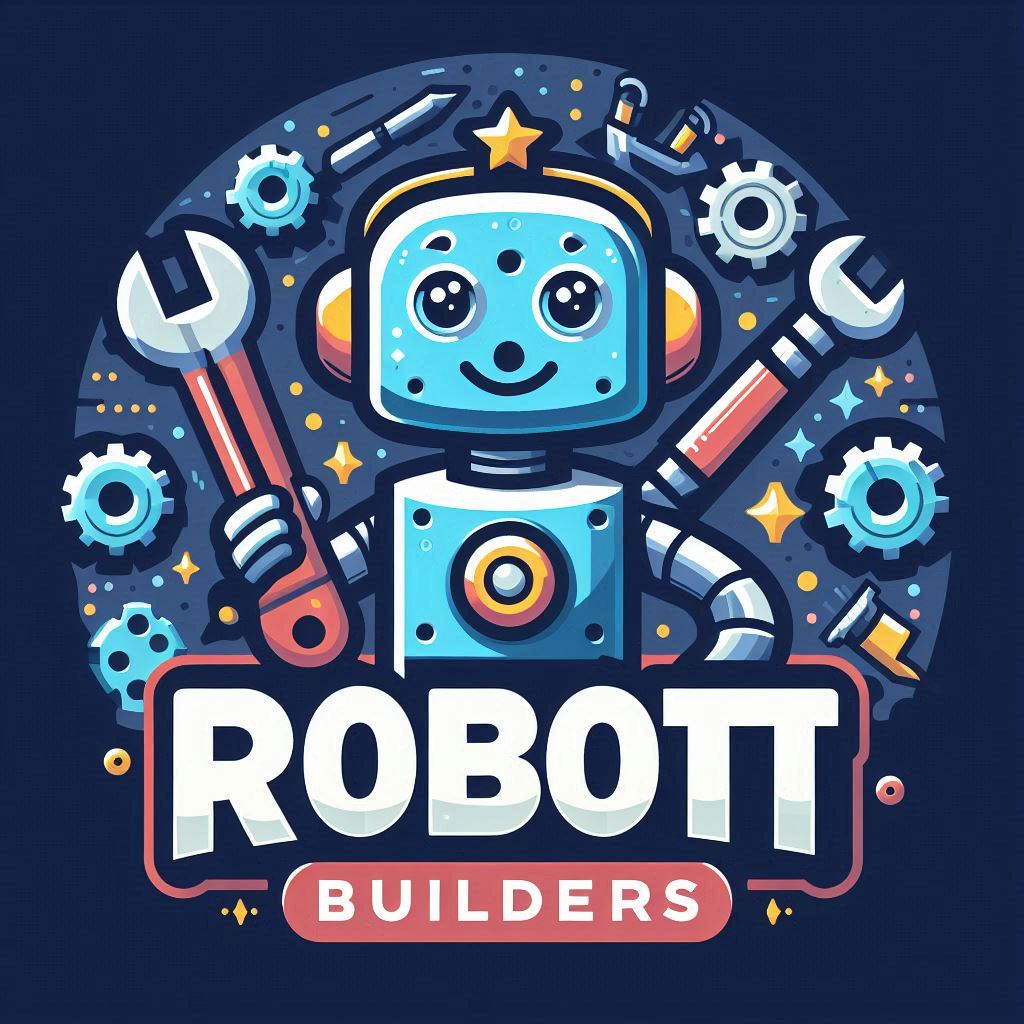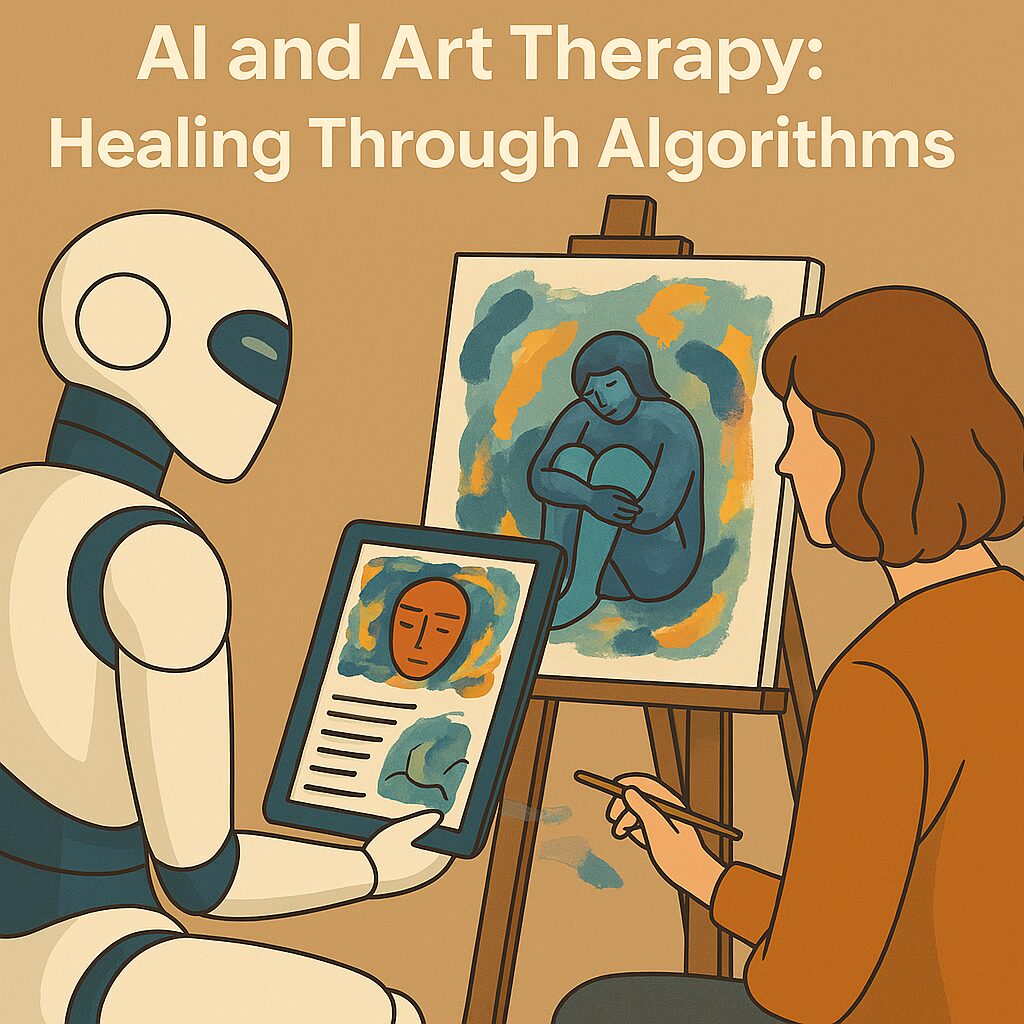Meta Title
AI and Art Therapy: Healing Through Algorithms for Mental Wellness
Meta Description
Explore how artificial intelligence is revolutionizing art therapy. Discover the tools, benefits, and ethical considerations of healing through algorithms in mental health care.
Keywords
AI in art therapy, healing through algorithms, mental health technology, generative AI therapy, emotion-aware systems, digital art therapy, therapeutic AI tools
🧠 Introduction: When Algorithms Meet Emotion
Art therapy has long been a sanctuary for emotional expression, especially for those who struggle to articulate their feelings verbally. Now, artificial intelligence is stepping into this sacred space—not to replace the human touch, but to amplify it. From generative visuals to emotion-aware feedback, AI is reshaping how we heal, reflect, and grow through art.
🤖 What Is AI-Enhanced Art Therapy?
AI-enhanced art therapy integrates machine learning, computer vision, and generative algorithms into traditional therapeutic practices. These systems can:
- 🖼️ Analyze emotional content in artwork
- 🎨 Generate visual prompts to inspire creativity
- 🧘 Guide patients through structured therapeutic exercises
- 📊 Track emotional progress over time
- 🧠 Offer real-time feedback and symbolic interpretation
Platforms like Affectiva, USC’s AI-powered art analysis tool, and Shanghai’s AI therapy pod are already pioneering this space.
📈 Benefits of AI in Art Therapy
| Feature | Traditional Art Therapy | AI-Enhanced Art Therapy |
|---|---|---|
| 🎨 Creative Exploration | Manual prompts | Generative AI suggestions |
| 🧠 Emotional Insight | Therapist interpretation | AI-assisted symbolism analysis |
| 📊 Progress Tracking | Subjective observation | Data-driven emotional metrics |
| 🧘 Engagement | Varies by session | Interactive, adaptive feedback |
| 🌍 Accessibility | Limited by geography or cost | Remote, scalable, multilingual support |
AI doesn’t replace the therapist—it becomes a co-pilot in the healing journey.
🧬 The Technology Behind Healing Algorithms
AI systems in art therapy rely on:
- Generative Models (e.g., text-to-image): To create therapeutic visuals
- Emotion Recognition Algorithms: To detect mood shifts via facial expressions, tone, and physiological signals
- Natural Language Processing (NLP): To interpret written reflections and guide journaling
- Computer Vision: To analyze visual symbolism in patient artwork
These tools enable therapists to personalize treatment and intervene early in emotional crises.
🌱 Real-World Applications
- 🧒 Autism Support: VR-based emotional training for children
- 🎶 Music Therapy Pods: AI-generated soundscapes for depression and anxiety
- 🖼️ Generative Art Prompts: Helping patients overcome creative blocks
- 📈 Emotional Monitoring: Wearables that track mood in real time
The fusion of art, AI, and neuroscience is creating new pathways for healing.
⚠️ Ethical and Emotional Considerations
While promising, AI in therapy raises important questions:
- 🧑🎨 Can algorithms truly understand human emotion?
- 🧠 Will AI-generated art dilute personal expression?
- 🔐 How is sensitive data protected?
- 🧭 What happens when AI misinterprets symbolism?
Therapists must remain the ethical compass, ensuring that technology enhances—not replaces—human empathy.
🔮 The Future of AI and Art Therapy
Looking ahead, expect innovations like:
- 🧠 Emotion-aware generative art that adapts in real time
- 🧘 AI-guided meditation through visual storytelling
- 🌍 Cross-cultural therapeutic models powered by multilingual AI
- 📚 Integration with cognitive behavioral therapy (CBT) frameworks
Healing through algorithms isn’t just a trend—it’s a paradigm shift.
📌 SEO Optimization Summary
✅ Meta Title: “AI and Art Therapy: Healing Through Algorithms for Mental Wellness” ✅ Meta Description: “Explore how artificial intelligence is revolutionizing art therapy. Discover the tools, benefits, and ethical considerations of healing through algorithms in mental health care.” ✅ Keywords: AI in art therapy, healing through algorithms, mental health technology, generative AI therapy, emotion-aware systems, digital art therapy ✅ Formatting Tips:
- Use structured headings (H1–H3)
- Include tables and bullet points for readability
- Embed alt text in visuals (e.g., “AI analyzing emotional content in patient artwork”)
- Keep paragraphs concise and keyword-rich
🧡 Conclusion: The Algorithm That Listens
AI in art therapy isn’t about replacing the human soul—it’s about listening to it more deeply. By decoding emotion, offering creative prompts, and tracking healing journeys, algorithms become silent partners in the most human of processes: transformation.

